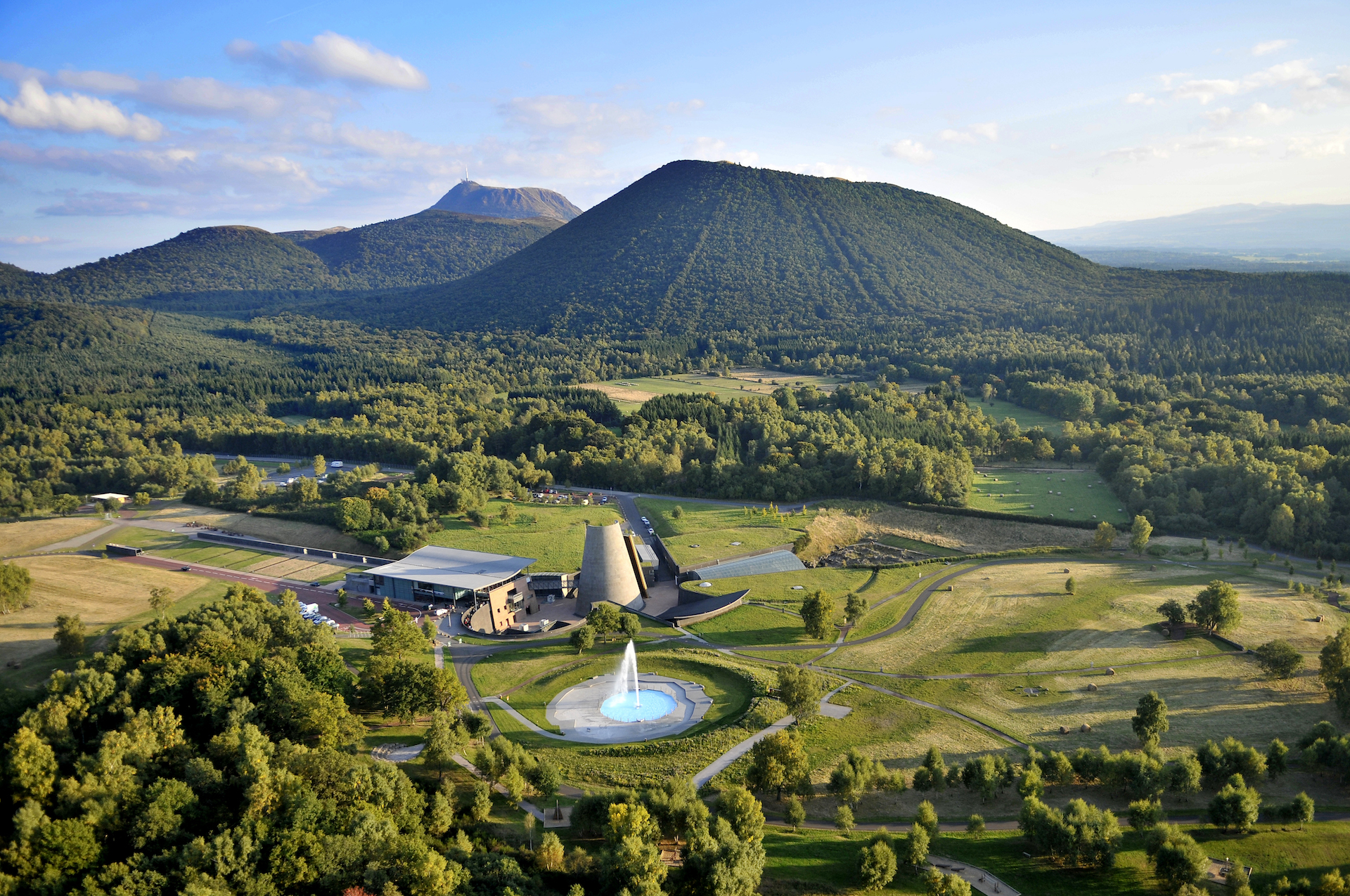For every stage of the 2023 Tour de France – men’s and women’s – José Been is bringing you stories about the history, castles, geology, culture, food, and people around the race. A bit of couleur locale while you enjoy lush fields of sunflowers, beautiful mountains, and pretty little villages, oh, and the bike race too.
I hope the riders are well-rested and ready for stage 10 of the Tour de France. Can you believe we are almost halfway already? I can’t! There is so much more to tell you about history, castles, cheese, and geology. Geology is one of the subjects today because we start in Vulcania, an actual amusement park with everything volcanoes. Or as the website tells me:
Vulcania Park is dedicated to the exploration and promotion of the Earth’s natural history, geology and volcanism. The park offers a unique experience where visitors can learn about volcanic activity, earthquakes and other geological phenomena through interactive exhibits and educational displays.
Yeah, learning! Luckily there is also fun to be had. Vulcania is built on one of the many inactive volcanoes in the region and has attractions like the Dragon Ride, Sacred Volcanoes, and one called La Terre en Colère which I would translate as “Pissed Off Earth,” but the French called it: “Angry Earth.” It’s a missed opportunity if you ask me.
The peloton won’t have time for frivolous attractions because there is a pretty punchy stage awaiting them right after the rest day. It will quite possibly be explosive, excusez the pun. The volcanoes are silent now but there was volcanic activity until quite recently at 7,000 years ago.
The type of volcanism we see here is similar to that in Iceland or that of Mount Etna in Italy. It was sometimes ‘effusive’ with lava fountains producing slow-flowing rivers of molten rock. But sometimes it was also explosive with huge ash clouds that ended up high in the atmosphere.
A stratovolcano like Mont Dore, where we have our intermediate sprint after 60 km, is a cone-shaped volcano made up of ash, lava flows and pyroclastic deposits. Because this volcano is a bit older, one to three million years old, weathering and erosion processes have already rounded off the mountain. It no longer looks as typical a volcano as Etna.
At 87 km from the finish in Issoire we pass the town of Murol. That’s where I ate my first Saint Nectaire cheese because it comes from the neighboring village of Saint Nectaire. It’s one of the 44 French cheeses with an AOC – an Appellation d’Origine Contrôlée. It’s a cheese with a protected origin. In the case of Saint Nectaire, it means it can only be produced with milk from a specific herd of cows from the specified AOC area. The cheese also needs to be produced in this area.
It’s an old cheese – the first time it was mentioned in the history books was in 1651. Marshall Henry de Sennectère brought the cheese to his boss, Louis XIV, also known as the Sun King. The King instantly loved the cheese and often had new cheese brought to the Versailles palace by either boat or donkey.
My experience with Saint Nectaire was also quite memorable. I ordered the regional dish of ‘aligots’ in a restaurant. My expectations were that I would get a cheese fondue kind of goodness with bread to dip in. I got a plate with a pile of mashed potatoes with the cheese mixed in with a sausage stuck in the mash like a flag mast. My husband can still laugh at the face of disappointment I had right there and then while he enjoyed a juicy steak-frites.
Did we do a good job with this story?

